The big news this month is of course the successful completion of the In Flight Abort (IFA) test by Space X’s Crew Dragon capsule. The test, which was conducted with an unmanned capsule, was designed to simulate a major failure of the Falcon 9 booster rocket in order to demonstrate that the Dragon capsule is capable of separating itself from its boosters in flight and returning its crew safely back to the ground. The simulated failure was scheduled to occur about one and a half minutes into the fight, the moment at which both the spacecraft and its launch system are exposed to the maximum aerodynamic pressure, making it the most hazardous time of the launch. If you’d like to watch the actual flight, it takes about six minutes, click on the link below to be taken to a YouTube video. https://www.youtube.com/watch?v=gkd5PNyRLng
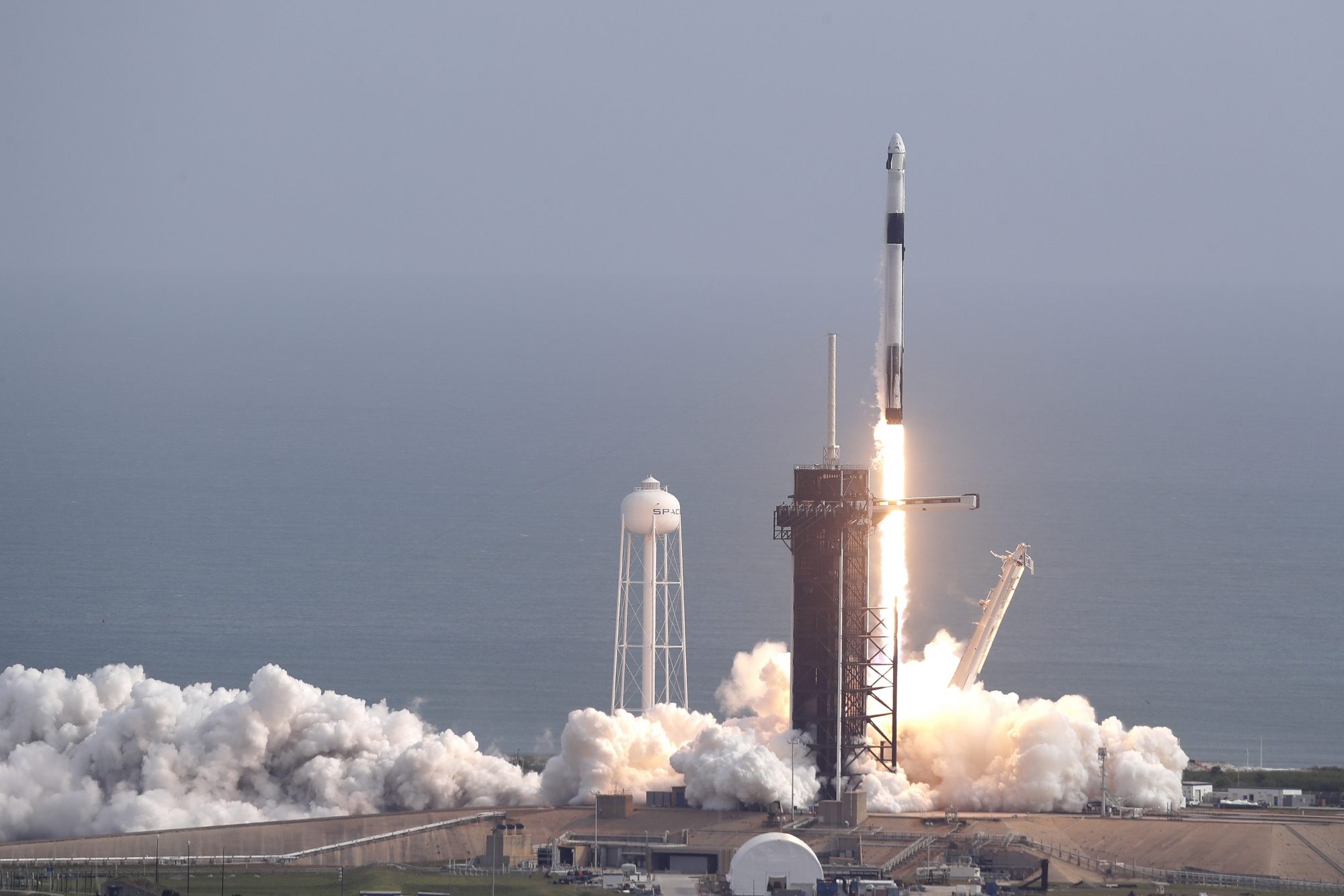
To complete the test the Dragon capsule had to separate from its boosters and deploy parachutes in order to safely splashdown in the Atlantic. Separation was accomplished by firing solid rocket engines aboard the Dragon capsule, pulling it away from the launch vehicle seconds before the first two stages were intentionally destroyed.
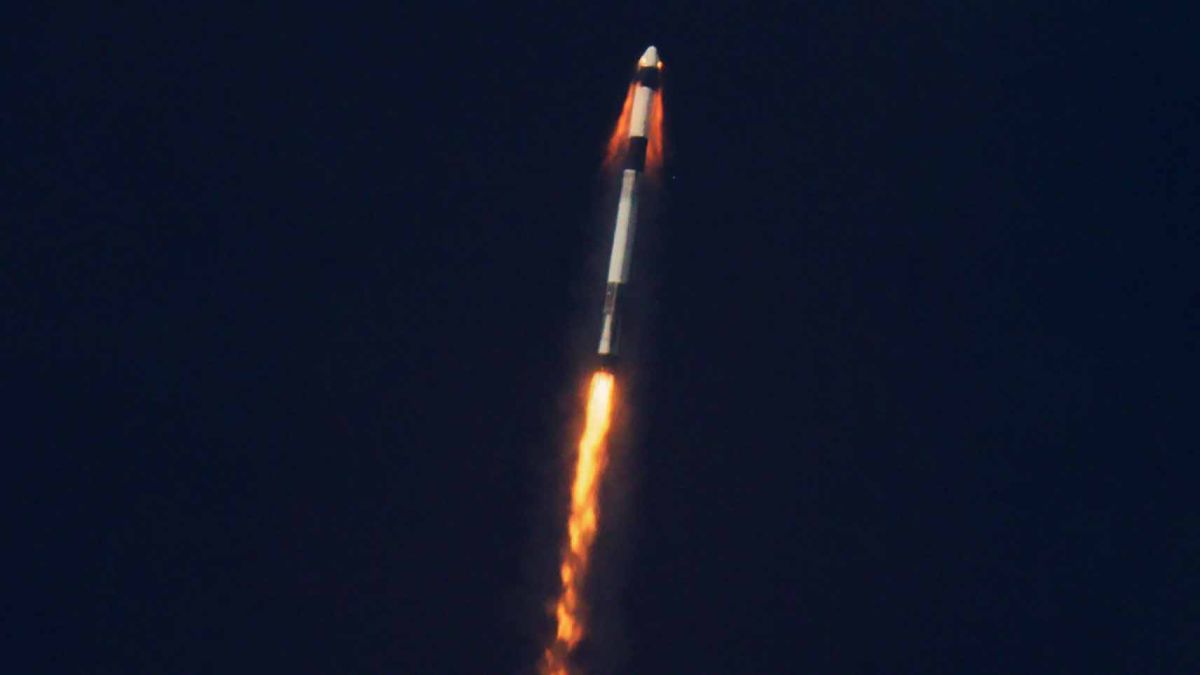
The IFA test is a critical part of the checkout of the final safety system of any manned spacecraft. The importance of the in-flight abort system was demonstrated back in October of 2018 when a Soyuz rocket carrying the American astronaut Nick Hague along with Russian Cosmonaut Alexey Ovchinin failed just after launch and the Soyuz capsule’s in-flight abort system saved the lives of the two space travelers.
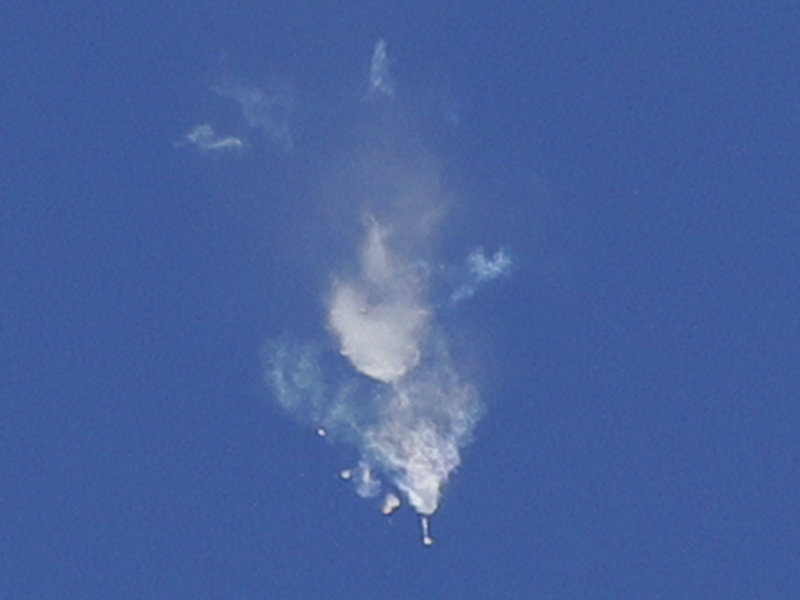
The Space X IFA test had been originally scheduled to take place at 8AM Eastern Standard Time on the 18th of January but was delayed until the 19th because of high winds at the launch area along with choppy seas in the recovery zone. Even on the 19th the launch had to be delayed until 10:30 AM to allow clouds to disperse.
Despite the less than optimal weather the test flight itself went perfectly with the Falcon 9 rocket lifting off smoothly from launch pad 39A at Cape Kennedy. This was the fourth launch for the first stage of the Falcon 9, an example of Space X’s commitment to reducing the cost of space travel by reusing every part of the launch system that it possibly can.
For the next minute and a half minute everything appeared just like a normal launch until exactly on schedule the Dragon Capsule was yanked away from its boosters by the solid fuel rockets. Seconds later the Falcon 9 booster was detonated on command while the capsule began dropping back to Earth.
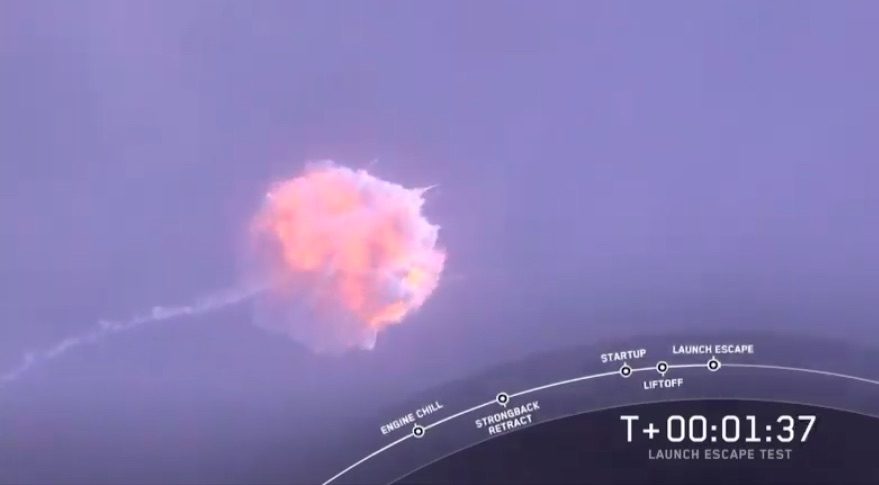
As the capsule entered the denser part of the atmosphere drogue parachutes were deployed in order to stabilize the capsule’s orientation. About a minute later the four main ‘chutes deployed slowing the capsule’s descent until it landed softly in the ocean.

Immediately small recovery boats headed toward the capsule, a practice run for how they would rescue the crew of any aborted manned mission. A large recovery vessel later rendezvoused with and lifted the capsule out of the ocean. Less than twelve hours after it had lifted off the Dragon capsule would be returned to Cape Kennedy, mission accomplished.

Now the finer details of the test still have to be reviewed by NASA and Space X engineers, but nevertheless the Dragon capsule’s IFA test was clearly a success. If the test had been a real launch failure of a manned mission the astronauts on board would have survived the failure without any serious injury.
With the IFA test accomplished Space X can now prepare for their first actual manned launch, which company CEO Elon Musk has stated will take place sometime within a April to June time frame. So the next time a Falcon 9 rocket with a Dragon capsule lifts off from the Cape it will be the first time in nine years, since the end of NASA’s shuttle program, that American astronauts will fly into space aboard an American rocket from American soil.
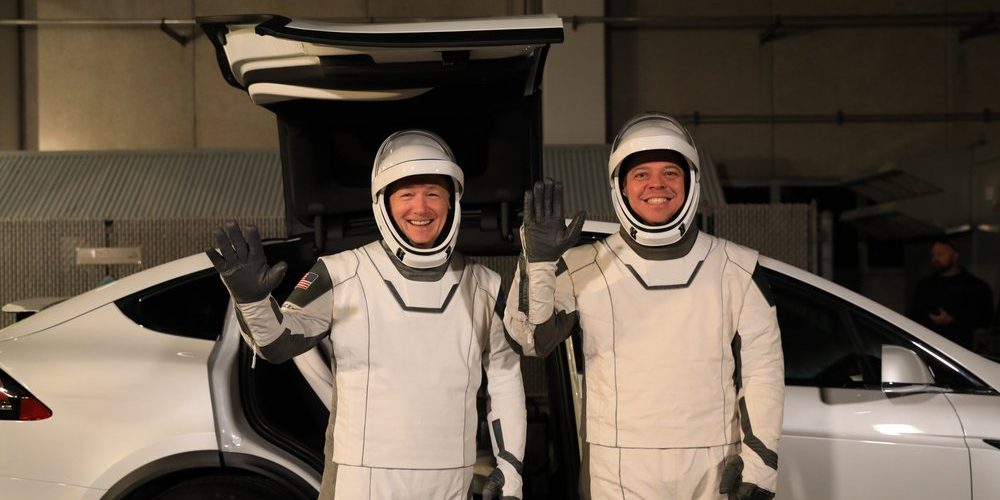
A Quick Update on an Earlier Post:
Just a week ago, on the 18th of January I posted an article about the observation that the red giant star Betelgeuse has been rapidly dimming in brightness and could be in the early stages of exploding as a Type 2 Supernova (SN2). Since that time the massive star has continued to dim, its brightness is now less than at any time since astronomers first began taking accurate measurements of its luminosity back in the 1920s. See graph below.
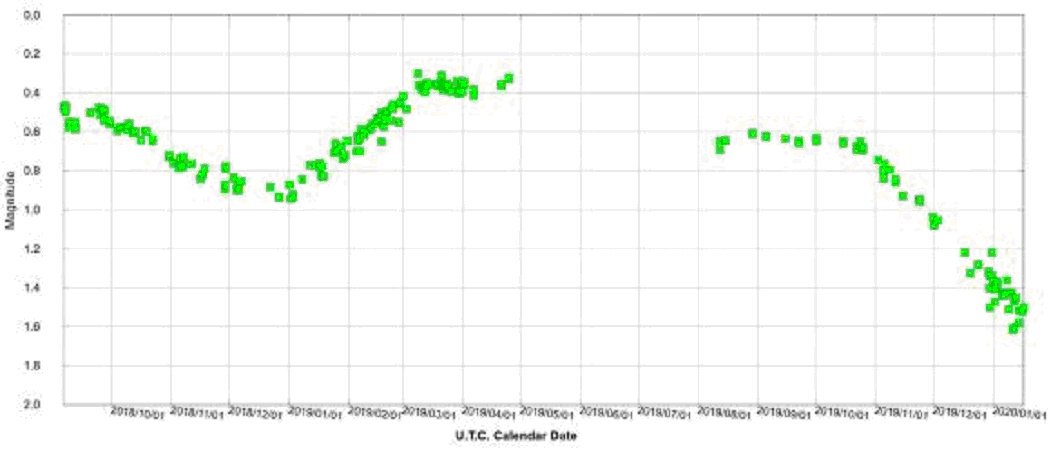
Our theories about SN2 tell us that Betelgeuse will go nova sometime in the next 100,000 years or so, but is that time now? Astronomers think that’s unlikely but you can bet that they will be keeping a close eye on Betelgeuse in the near future.
